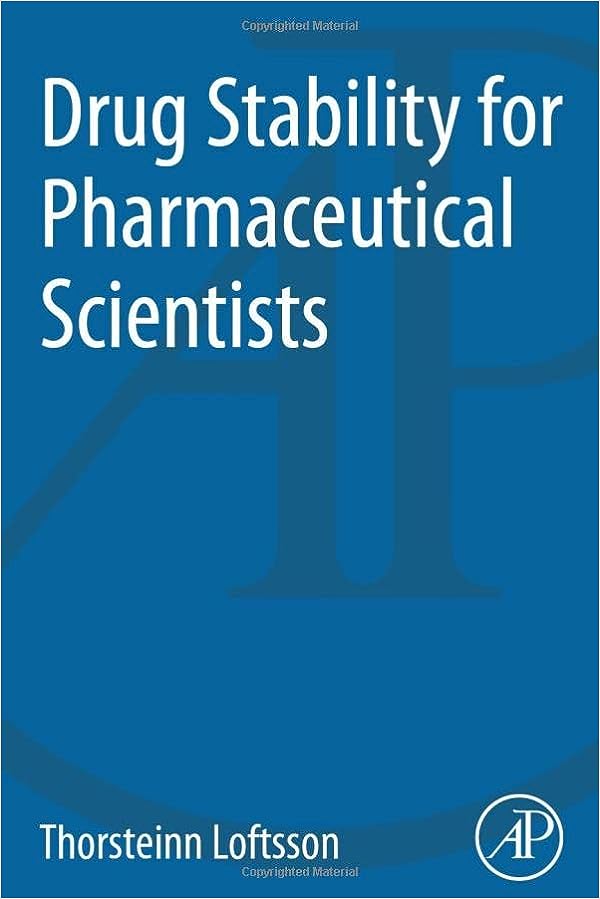FDA Stability Guidelines: Influencing Pharmaceutical Product Development
Introduction
In the pharmaceutical industry, ensuring that drug products maintain their intended quality, safety, and efficacy over time is paramount. Stability testing plays a crucial role in this process, and the U.S. Food and Drug Administration (FDA) provides comprehensive guidelines to standardize these studies. These FDA stability guidelines influence every stage of pharmaceutical product development, from formulation to regulatory approval, shaping the global drug market. This article explores how FDA stability guidelines impact the development of pharmaceuticals, focusing on key requirements, processes, and their significance.
Understanding FDA Stability Guidelines
The
FDA stability testing guidelines align with international standards such as ICH Q1A(R2), making them critical for pharmaceutical companies seeking approval in both the U.S. and global markets.
Core Components of FDA Stability Guidelines
1. Types of Stability Testing
FDA guidelines specify different types of stability testing to ensure comprehensive evaluation:
- Real-Time Stability Testing: Conducted under recommended storage conditions to estimate the product’s shelf life.
- Accelerated Stability Testing: Performed at elevated temperatures and humidity to simulate long-term storage conditions within a shorter timeframe.
- Forced Degradation Studies: Stress testing under extreme conditions to identify potential degradation pathways and validate stability-indicating methods.
- Photostability Testing: Evaluates the drug’s sensitivity to light and ensures appropriate protective packaging.
2. Storage Conditions
The FDA requires stability studies to be conducted under specific storage conditions, reflecting real-world scenarios:
- Long-Term Testing: 25°C ± 2°C / 60% RH ± 5% RH
- Accelerated Testing: 40°C ± 2°C / 75% RH ± 5% RH
- Intermediate Testing (if applicable): 30°C ± 2°C / 65% RH ± 5% RH
These conditions are aligned with climatic zones as outlined in the ICH stability guidelines.
3. Sampling Time Points
Time points for stability testing are critical for capturing a drug’s behavior over its shelf life. The FDA specifies the following intervals:
- Long-Term Studies: 0, 3, 6, 9, 12 months, and annually thereafter.
- Accelerated Studies: 0, 3, and 6 months.
Impact of FDA Stability Guidelines on Product Development
The FDA stability guidelines profoundly influence pharmaceutical product development in several ways:
1. Formulation Development
Stability testing data helps formulators choose ingredients and excipients that enhance product stability. By identifying potential degradation pathways through forced degradation studies, developers can refine formulations to ensure long-term stability.
2. Packaging Design
Stability testing evaluates the compatibility of packaging materials with the drug product. For instance, photostability testing may indicate the need for opaque or UV-resistant packaging to protect light-sensitive drugs.
3. Regulatory Submissions
The FDA requires stability data as part of New Drug Applications (NDAs) and Abbreviated New Drug Applications (ANDAs). Comprehensive stability studies demonstrate that the product will maintain its quality throughout its shelf life, a critical factor for gaining market approval.
4. Shelf Life Determination
By analyzing stability data, manufacturers can accurately determine expiration dates and storage conditions, ensuring patient safety and regulatory compliance.
Challenges in Complying with FDA Stability Guidelines
While adhering to FDA stability guidelines is essential, it comes with challenges:
- Resource Requirements: Stability testing demands significant time, financial investment, and specialized equipment.
- Data Management: Handling large volumes of stability data across multiple batches and time points can be complex.
- Regulatory Variations: Despite alignment with ICH guidelines, minor differences in regional requirements may complicate global submissions.
Best Practices for Compliance
To navigate these challenges and ensure compliance with FDA stability guidelines, pharmaceutical companies can adopt the following practices:
- Invest in Technology: Use advanced stability software for pharmaceuticals to manage data efficiently and minimize errors.
- Validate Equipment: Regularly calibrate stability chambers to maintain precise environmental conditions.
- Train Staff: Ensure personnel are well-versed in FDA stability requirements and testing methodologies.
- Collaborate with CROs: Partnering with Contract Research Organizations (CROs) can help manage complex stability studies effectively.
Emerging Trends in FDA Stability Testing
The landscape of stability testing is evolving, driven by technological advancements and regulatory updates:
- Digital Solutions: FDA encourages the use of electronic data management systems to improve accuracy and efficiency.
- Predictive Modeling: Advanced analytics and machine learning are being used to predict long-term stability from accelerated stability testing data.
- Automation: Robotic systems streamline sample handling and testing, reducing manual intervention.
- Sustainability: Eco-friendly packaging and reduced testing durations are gaining traction, aligning with global environmental goals.
Global Implications of FDA Stability Guidelines
FDA stability guidelines have a far-reaching impact beyond the U.S. market. By aligning with international standards, these guidelines facilitate global harmonization and enable pharmaceutical companies to pursue multi-regional approvals. This alignment is particularly beneficial for companies operating in both U.S. and European markets, as the FDA and EMA share similar stability testing requirements.
Conclusion
The FDA stability guidelines are a cornerstone of pharmaceutical product development, shaping every aspect from formulation and packaging to regulatory approval. By providing a clear framework for stability testing, these guidelines ensure that medicines remain safe, effective, and high-quality throughout their lifecycle. For manufacturers, adhering to FDA standards is not just about regulatory compliance; it is a commitment to delivering trusted pharmaceutical products to patients worldwide. With emerging technologies and evolving global standards, the role of FDA stability guidelines in shaping the future of the pharmaceutical industry will only continue to grow.
